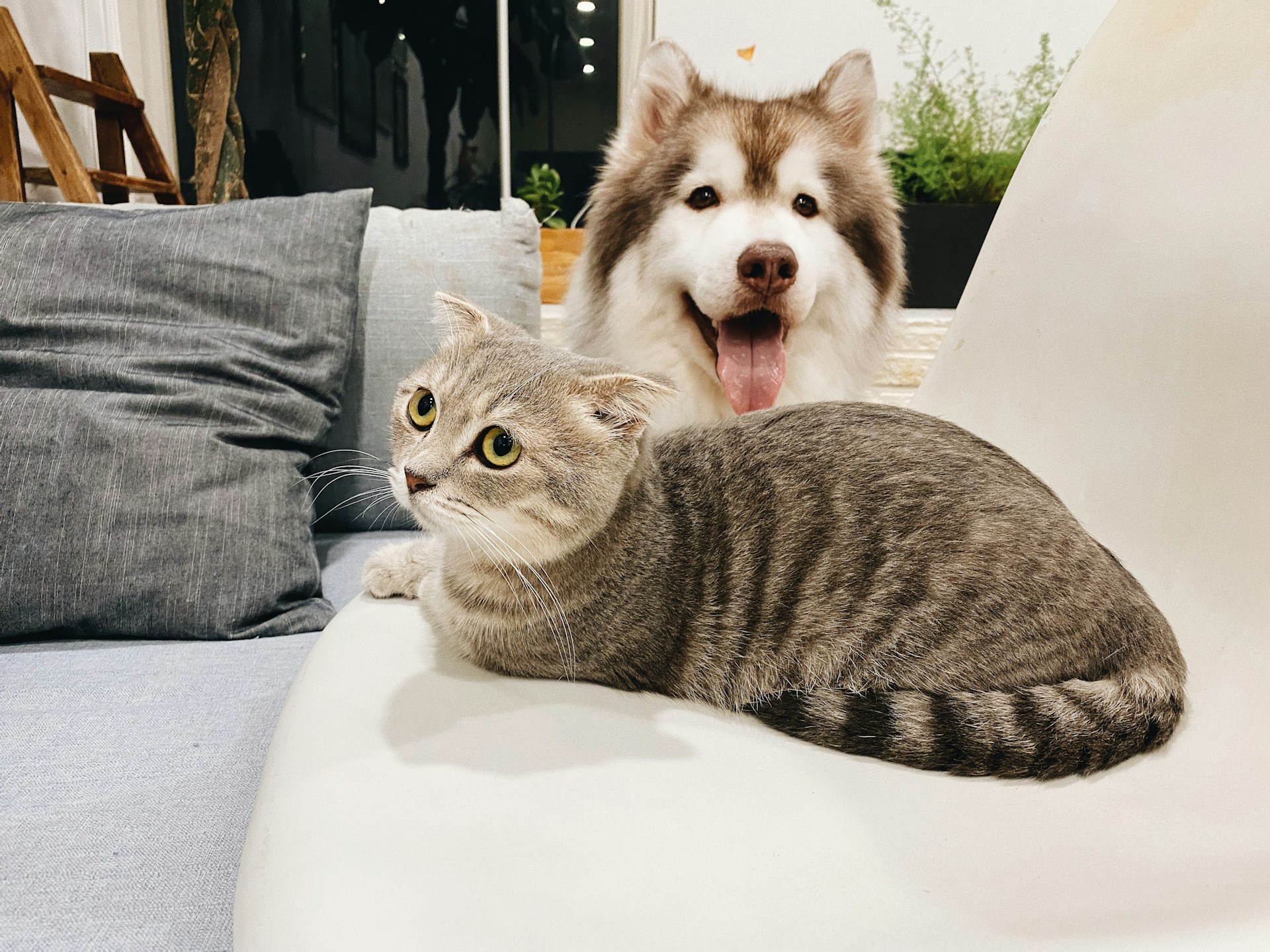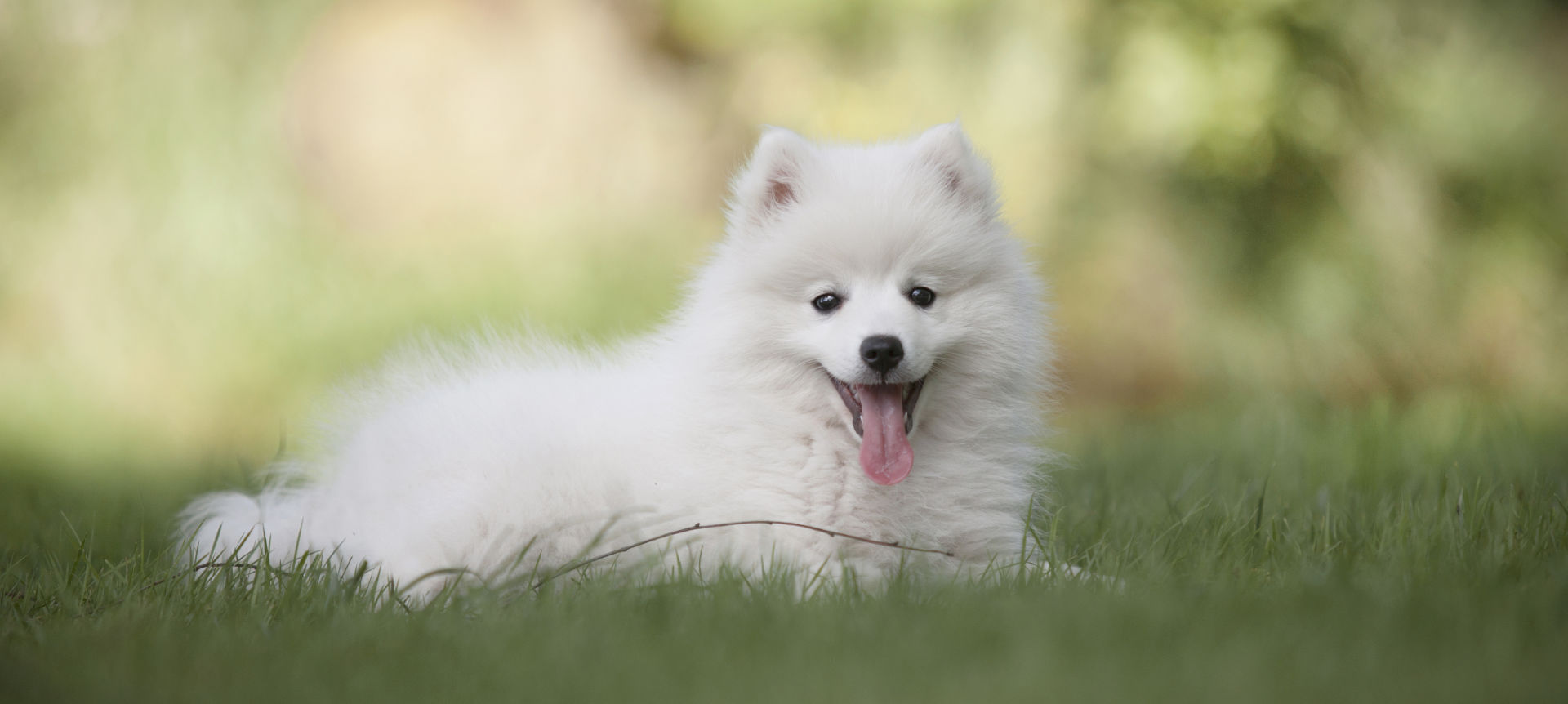
01 Mar Why does my pet need anesthesia for dental care?
When it comes to maintaining our pets’ health, veterinary dentistry plays a crucial role. However, unlike human dentistry, performing dental procedures on animals presents unique challenges. Anesthesia is a necessary component of veterinary dental care, ensuring not only the comfort of the pet but also the safety and effectiveness of the procedures performed.
In this blog post, we’ll explore why anesthesia is required in veterinary dentistry, the risks associated with working on an awake pet, the benefits of a full oral exam and imaging, and why hand scaling is not recommended.
Why Anesthesia is Required in Veterinary Dentistry
Anesthesia is essential in veterinary dentistry for several reasons:
- Pet Comfort: Dental procedures can be uncomfortable and even painful for pets, especially if they involve extractions or deep cleaning. Anesthesia ensures that the pet is unaware of the procedure and does not experience any discomfort or distress.
- Immobility: Anesthesia allows for complete immobilization of the pet, which is crucial for performing intricate dental procedures safely and effectively. It prevents sudden movements that could lead to accidental injury to the pet or the veterinary staff.
- Cooperation: Anesthesia ensures that the pet remains still and cooperative throughout the procedure, making it easier for the veterinarian to examine the mouth, perform dental treatments, and obtain diagnostic imaging.
- Stress Reduction: Dental procedures can be stressful for pets, particularly if they involve unfamiliar sounds, smells, and sensations. Anesthesia helps alleviate stress and anxiety, promoting a more positive experience for the pet.
Three Risks of Working with a Pet That is Awake
Performing dental procedures on an awake pet poses several risks:
- Injury: Awake pets may move suddenly or unpredictably, increasing the risk of accidental injury to themselves or the veterinary staff. Sharp dental instruments could inadvertently injure the pet’s mouth or throat.
- Stress and Anxiety: Awake pets may experience stress and anxiety during dental procedures, making it challenging to perform the necessary treatments effectively. Stress can also compromise the pet’s immune system and delay healing.
- Incomplete Examination: An awake pet may not tolerate a thorough oral examination or diagnostic imaging, leading to missed dental issues such as hidden fractures, infections, or tumors.
Four Benefits of a Full Oral Exam and Imaging
A full oral exam and imaging are essential components of comprehensive dental care:
- Early Detection: A thorough oral exam and imaging can help detect dental issues in their early stages, allowing for prompt intervention and treatment. Early detection can prevent the progression of dental disease and minimize the need for invasive procedures.
- Accurate Diagnosis: Imaging techniques such as dental X-rays provide detailed images of the teeth, roots, and surrounding structures, enabling veterinarians to accurately diagnose dental conditions such as tooth decay, root abscesses, and bone loss.
- Treatment Planning: A comprehensive oral exam and imaging allow veterinarians to develop a tailored treatment plan for each pet based on their specific dental needs. This ensures that all dental issues are addressed effectively and efficiently.
- Monitoring Progress: Follow-up oral exams and imaging can help veterinarians monitor the progress of dental treatments and assess the pet’s oral health over time. This allows for adjustments to the treatment plan as needed to ensure optimal outcomes.
Why Hand Scaling Can Leave Scratches on the Teeth and Is Not Recommended
Hand scaling, or manual scraping of tartar from the teeth, is not recommended in veterinary dentistry for several reasons:
- Incomplete Cleaning: Hand scaling may not effectively remove all traces of tartar and plaque from the teeth, especially in hard-to-reach areas such as below the gumline. This can lead to persistent dental issues and oral discomfort for the pet.
- Risk of Injury: Hand scaling can inadvertently scratch or damage the tooth enamel, particularly if the pet moves suddenly during the procedure. These scratches can provide a breeding ground for bacteria, potentially worsening dental disease.
- Time-Consuming: Hand scaling is a time-consuming process that may require multiple sessions to achieve satisfactory results. This can prolong the duration of anesthesia and increase the pet’s risk of complications.
- Limited Visibility: Hand scaling relies on visual inspection to detect dental issues, which may not always be accurate or comprehensive. Diagnostic imaging such as dental X-rays provides a more detailed view of the teeth and underlying structures, allowing for a more thorough assessment of the pet’s oral health.
Consult with a Milwaukee Vet Dentist
Anesthesia is a crucial component of veterinary dentistry, ensuring the safety, comfort, and effectiveness of dental procedures for pets. Working on an awake pet poses risks such as injury, stress, and incomplete examination. A full oral exam and imaging provide valuable diagnostic information, allowing veterinarians to detect dental issues early, accurately diagnose conditions, and develop tailored treatment plans. Hand scaling is not recommended in veterinary dentistry due to its limitations and potential risks.
By prioritizing anesthesia, comprehensive oral exams, and imaging, pet owners can help ensure their furry companions maintain optimal oral health and overall well-being. If you have any concerns about your pet’s dental health, don’t hesitate to consult your veterinarian for guidance and support.
Images used under creative commons license – commercial use (3/1/2024). Photo by Tran Mau Tri Tam on Unsplash


